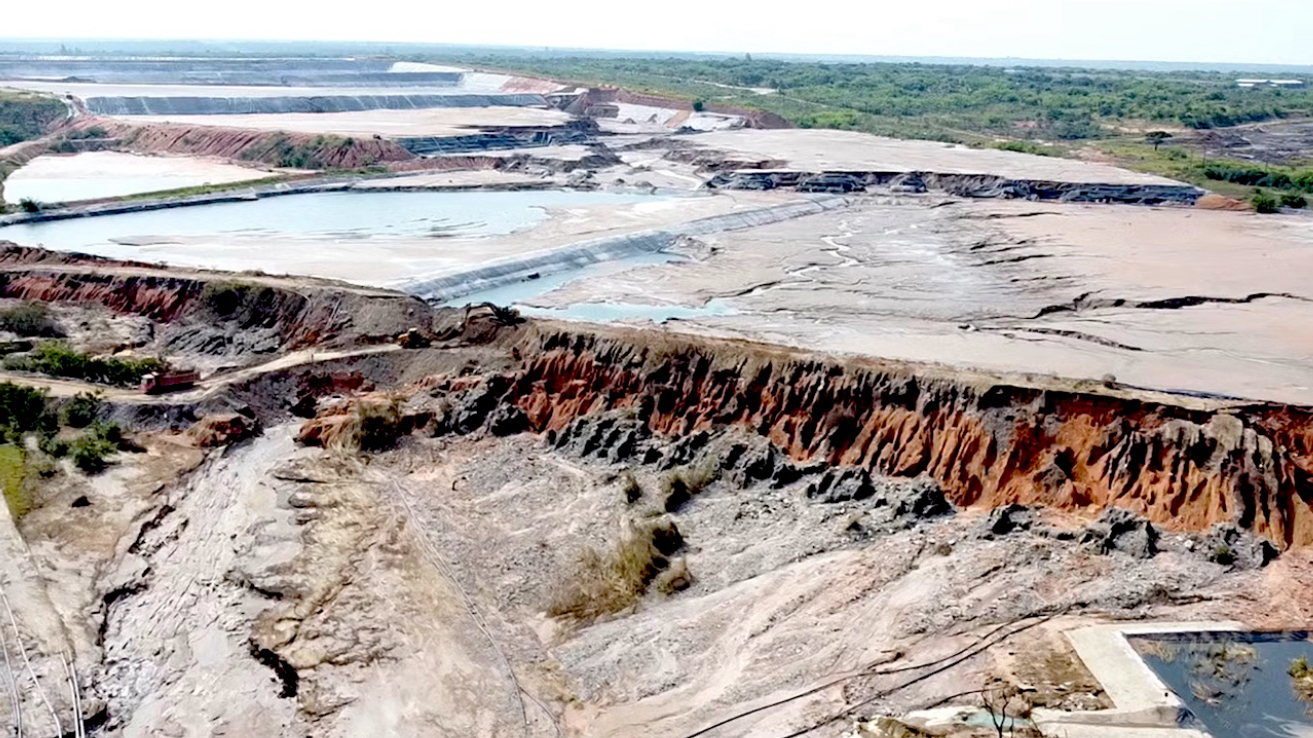
Human Rights Watch (HRW) called on Zambian authorities Sept. 11 to investigate the consequences of acid released into a river following the rupture of a dam holding mining waste, which has polluted local soils and affected the livelihoods of citizens.
The organization stated that reports on the effects of the toxic spill demand that the Zambian government conduct investigations, compensate the impacted, and take necessary measures to prevent further harm. HRW stressed that the country’s authorities bear obligations under Zimbabwe’s own Environmental Management Act, as well as the African Charter on Human and Peoples’ Rights and the International Covenant on Economic, Social & Cultural Rights, and international principles affirming the right to a healthy environment.
The acid spill occurred on Feb. 18, when a dam holding mining waste from the Chinese company Sino-Metals Leach Zambia failed at Chambishi, Copperbelt province, resulting in the release of toxins into the Kafue River, a tributary of the Zambezi. The incident caused significant environmental damage, killing fish and livestock and destroying maize and groundnut crops, wiping out the livelihoods of local farmers. Additionally, residents now face health risks that may persist for decades.
The Zambia Environmental Justice Coalition reported to HRW that residents in the affected area unknowingly consumed contaminated water and maize, resulting in widespread and persisting health issues such as coughs, headaches and muscle cramps. A travel advisory from the Finnish Ministry of Foreign Affairs indicated that 16 water samples from the contaminated river contained heavy metals, including nickel, lead and arsenic, at concentrations exceeding World Health Organization thresholds. HRW called for a comprehensive investigation involving both international and national experts to assess environmental and health risks, and to test affected citizens for metal poisoning.
HRW criticized the government’s response as inadequate to meet the scale of the disaster. The government did order Sino-Metals to restore the polluted river, use lime to reduce water acidity, and compensate more than 500 local farmers. However, enforcement and follow-through were lax. Local activists reported increasing health problems among residents, and some individuals complained they had not received the promised compensation.
Mining has been central to Zambia’s economy since the 1930s, when it was the British protectorate of Northern Rhodesia, establishing the country as a major global producer of essential metals such as copper and cobalt. However, harmful mining practices have caused severe environmental and health consequences, including soil contamination and lead poisoning. In 2023, Zambian communities filed a lawsuit against Anglo American South Africa over toxic lead contamination in local communities.
In March, HRW published a report documenting detrimental mining practices in Zambia and accused the government of exacerbating lead poisoning by failing to implement effective strategies. Earlier this month, HRW released another report, detailing the environmental impacts of a South African firm’s mining activities in Kabwe municipality, Central province, and called for accountability for companies that violate environmental regulations.
From JURIST, Sept. 11. Used with permission.
Note: Sino Metals Leach Zambia is a subsidiary of the state-owned China Nonferrous Metal Mining Group, whose operations in the country have been repeatedly linked to labor abuses and violence.
Photo: Global Atlas of Environmental Justice via Institute for Security Studies




